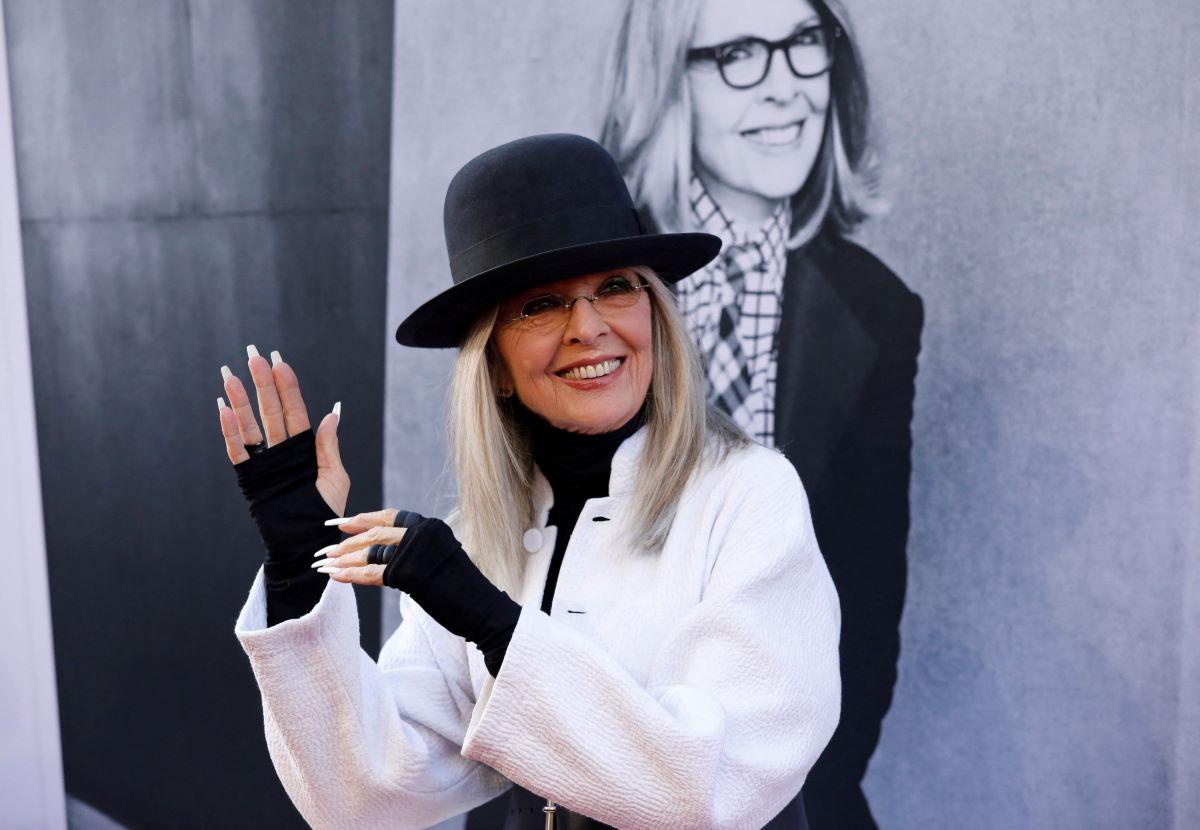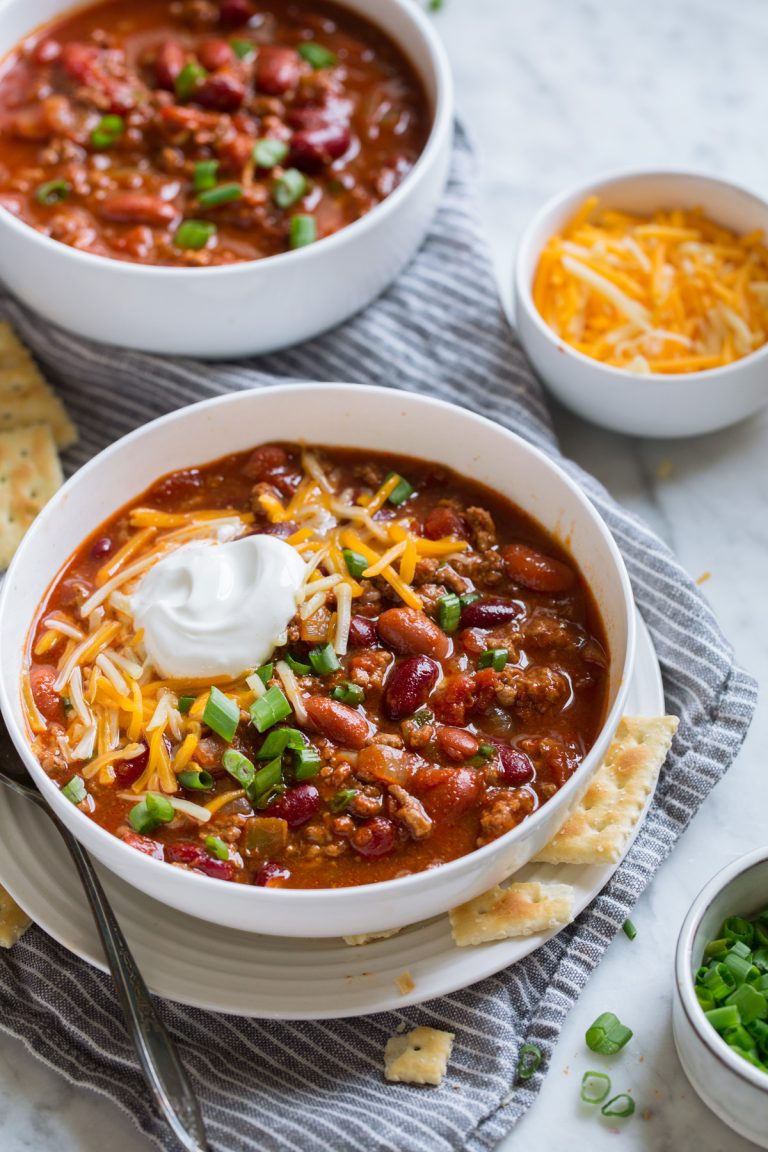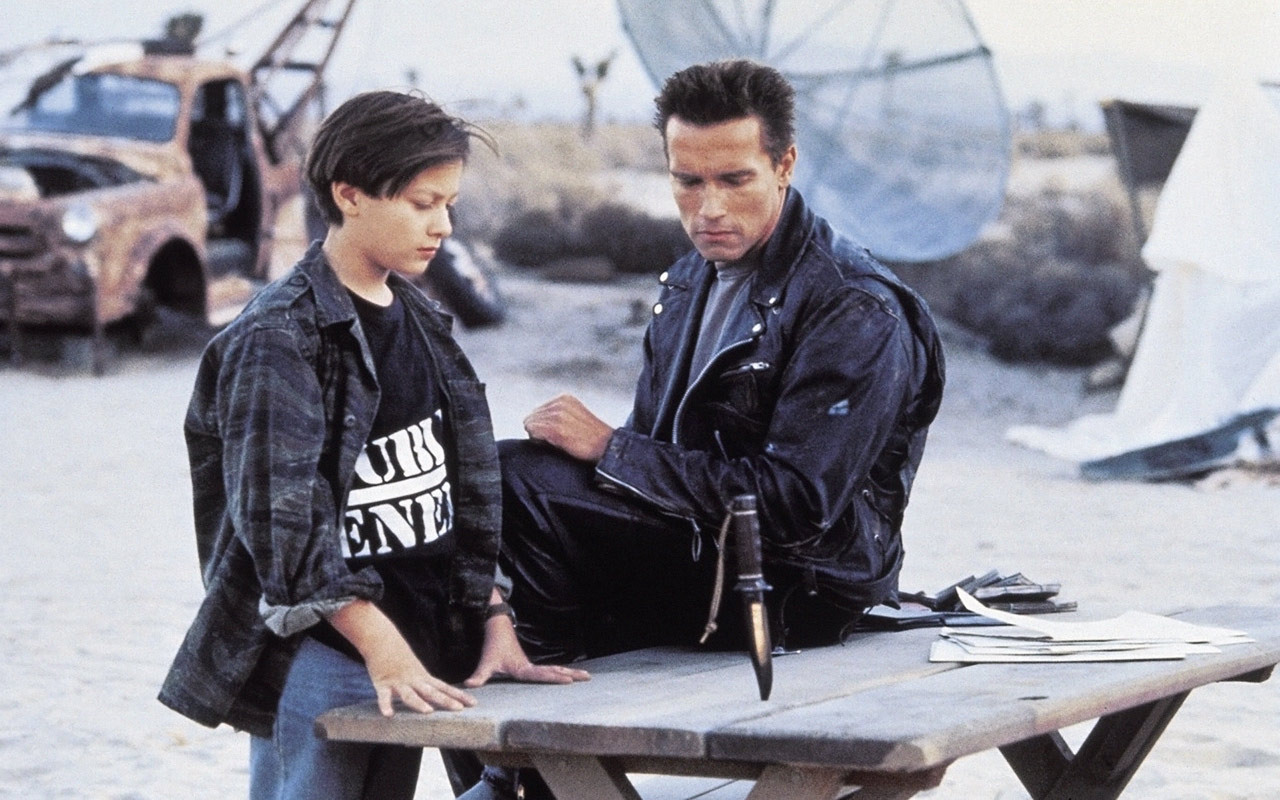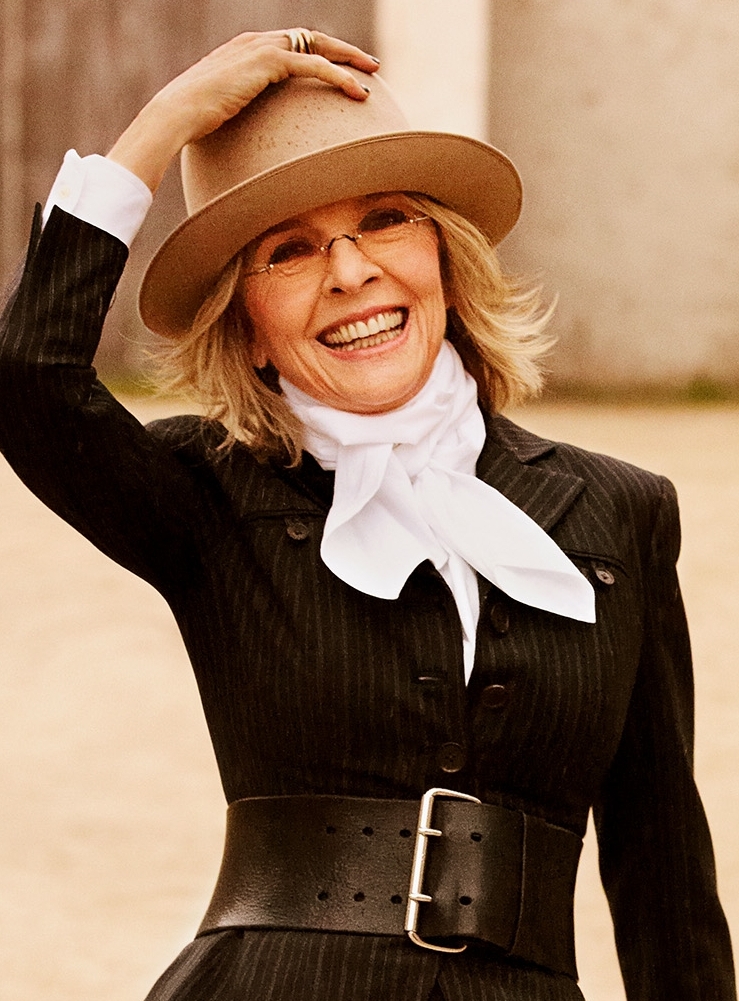
Hollywood, and indeed the world, collectively paused upon hearing the news of Diane Keaton’s passing at the age of 79. An Oscar-winning actress whose distinctive charm, unparalleled talent, and inimitable style became synonymous with some of cinema’s most beloved characters, Keaton left an unfillable void in the hearts of fans and industry colleagues alike. Her career, spanning more than half a century, was a masterclass in authenticity, marked by a captivating blend of vulnerability, intelligence, and a quirky sensibility that set her apart.
From her groundbreaking performances in the 1970s to her enduring presence in contemporary film, Keaton cultivated a unique niche. She navigated the entertainment landscape with a singular grace, refusing to be pigeonholed and consistently pushing artistic boundaries. Her contributions extended far beyond the silver screen, encompassing a rich life as a director, author, photographer, and advocate, all imbued with her distinctive spirit.
This in-depth look explores the multifaceted life and extraordinary career of Diane Keaton, beginning with the somber news of her departure and tracing her journey through some of her most iconic roles, significant collaborations, and her lasting influence on fashion and culture. We honor a legend whose profound impact will continue to resonate for generations to come.
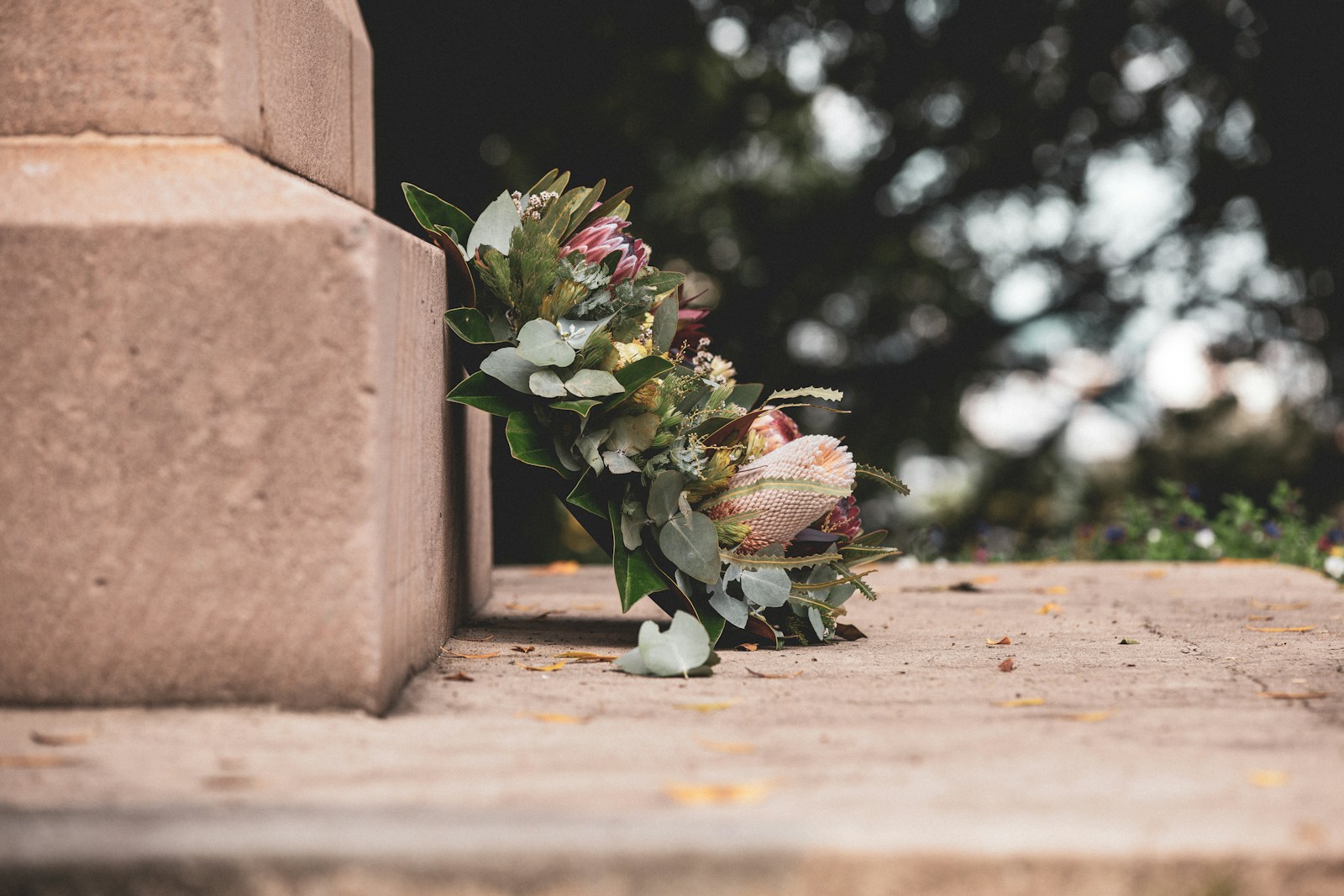
1. **The Somber News: Diane Keaton’s Passing and Initial Reports**On October 11, the entertainment world was struck by the profoundly sad news of Oscar-winning actress Diane Keaton’s death at 79. Initial reports, including those from People magazine, confirmed her passing, leaving a community of co-stars, fans, and cinephiles heartbroken. The Los Angeles Fire Department confirmed responding to a medical call at Keaton’s Brentwood home earlier that Saturday morning, with a patient subsequently transported to the hospital, though details were sparse at the time.
The cause of death was later confirmed by her family to People magazine as pneumonia. Specifically, a death certificate obtained by CNN listed the cause as “primary bacterial pneumonia,” with no other significant contributing conditions. This sudden decline in health, as an anonymous friend told People, was “heartbreaking for everyone who loved her” and “so unexpected, especially for someone with such strength and spirit.”
In the immediate aftermath, Keaton’s family requested privacy during their moment of immense sadness. However, they later expressed profound gratitude for the “extraordinary messages of love and support” they had received. The death certificate also indicated that Keaton had been cremated and no autopsy was performed, suggesting a clear natural cause of death.
The family’s statement, published by People, also included a poignant request for donations in her memory. Given her deep love for animals and steadfast support of the unhoused community, they suggested contributions to a local food bank or an animal shelter, a testament to her compassionate spirit beyond her professional accolades.
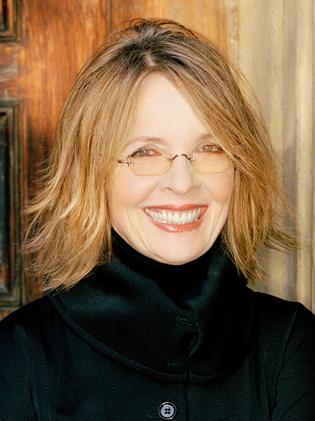
2. **A Life’s Journey: Early Years and Broadway’s Call**Born Diane Hall on January 5, 1946, in Los Angeles, Keaton’s early life, though not directly within the film industry, was rich with influences that would shape her artistic sensibilities. Her mother, a homemaker and photographer, and her father, involved in real estate and civil engineering, both fostered a love for the arts, from fashion to architecture, in their daughter. This foundation provided a diverse backdrop for her nascent creative inclinations.
Keaton found herself drawn to theater and singing during her school years in Santa Ana, California. This early passion soon led her to make a pivotal decision: she dropped out of college after just one year, driven by an unwavering ambition to pursue her dreams in the vibrant theatrical landscape of Manhattan. Her move to New York marked the true beginning of her professional journey.
Upon arriving in New York, she faced a common challenge for aspiring actors: a namesake already existed within Actors’ Equity. Thus, she adopted Keaton, her mother’s maiden name, cementing her stage identity. It was also in New York that she honed her craft under the tutelage of Sanford Meisner, whom she credited with providing her the freedom to “chart the complex terrain of human behavior within the safety of his guidance.”
Meisner’s influence was profound, allowing her to “appreciate the darker side of behavior” and giving her “the courage to delve into such dangerous, illuminating territory,” as she penned in her 2012 memoir, ‘Then Again.’ Her early stage career included understudying in the Broadway production of ‘Hair’ and earning a Tony nomination for her role in Woody Allen’s 1968 play, ‘Play It Again, Sam.’ Despite these successes, she battled deeply personal struggles, including bulimia, throughout her 20s, highlighting the challenges behind her burgeoning public persona.
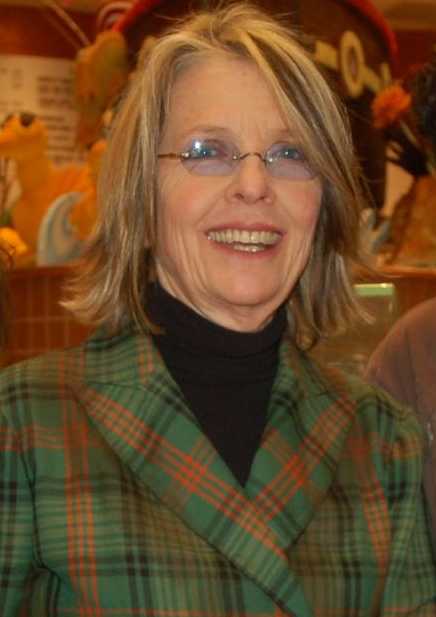
3. **The Cinematic Ascent: Kay Adams in “The Godfather” Saga**Diane Keaton’s film debut came in 1970 with the romantic comedy ‘Lovers and Other Strangers,’ but her true cinematic breakthrough arrived just a few years later. In 1972, she was cast as Kay Adams-Corleone in Francis Ford Coppola’s monumental film, ‘The Godfather,’ a role that would irrevocably alter the course of her career and establish her as a household name.
The film, which won Best Picture and is widely regarded as one of the greatest movies of all time, propelled Keaton into an echelon of stardom she had only dreamed of. Her portrayal of Michael Corleone’s innocent, yet increasingly embattled wife, provided a compelling counterpoint to the Corleone family’s dark world. Interestingly, she initially hesitated to return for the sequel, a testament to her thoughtful approach to her craft, though she ultimately decided to reprise the role after reading the script.
On set, Keaton found herself working alongside titans like Marlon Brando and Al Pacino, the latter of whom would become a significant romantic and professional partner. She savored the memories of acting with Pacino, their on-screen chemistry translating into a decade-long, on-again, off-again romance that further captivated the public imagination. Their dynamic brought an authentic tension and depth to the Corleone marriage.
Keaton herself acknowledged that she never truly related to the character of Kay Adams, finding her a stark contrast to her own personality. Despite this personal disconnect, she recognized the pivotal nature of the role, understanding its critical importance to the narrative and its impact on her career. It was a testament to her acting prowess that she could embody a character so distinctly different from herself, bringing a quiet strength and moral compass to the Corleone saga.
The immense success of ‘The Godfather’ trilogy solidified Keaton’s early stardom, showcasing her ability to hold her own amidst an ensemble of legendary actors. Her performance was a crucial element in the films’ enduring legacy, earning her widespread critical acclaim and cementing her place as a formidable talent in Hollywood, a trajectory that would only continue to ascend.
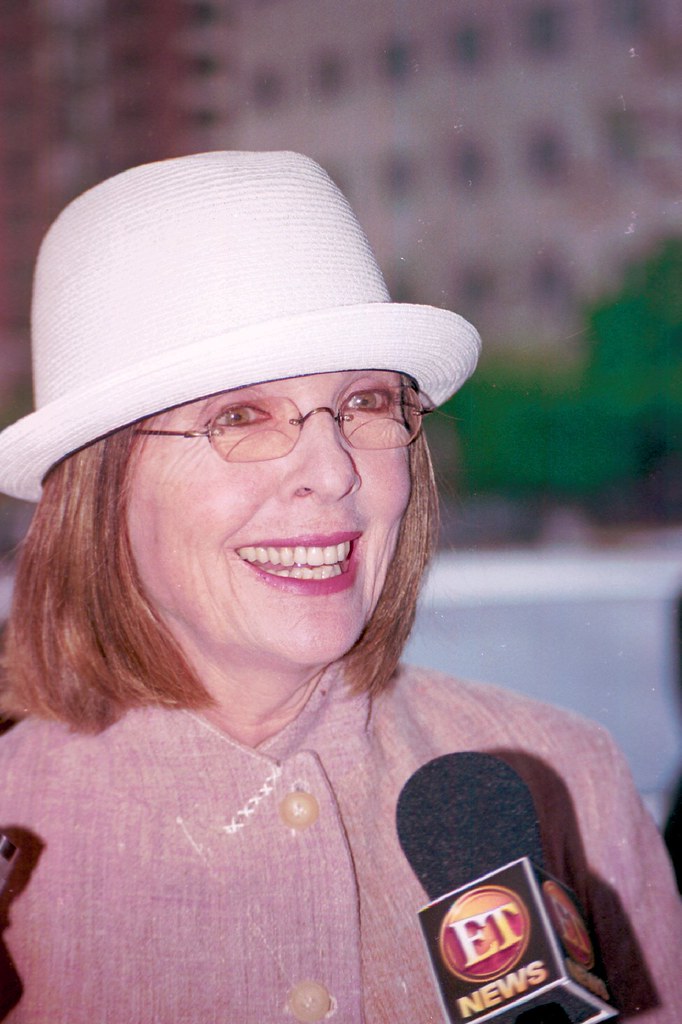
4. **The Muse and Collaborator: Woody Allen, “Annie Hall,” and a Defining Era**The same year ‘The Godfather’ premiered, 1972, Diane Keaton’s cinematic collaboration with Woody Allen officially began with the film adaptation of his play, ‘Play It Again, Sam.’ This marked the inception of a profound professional and personal partnership that would largely define her early career, producing some of her most celebrated and enduring work. Their connection was immediate and creatively fertile.
Keaton and Allen were romantically involved from about 1968, when she first met him auditioning for his play, until approximately 1974. Following the end of their romantic relationship, they transitioned into a lasting platonic friendship and continued their highly productive professional collaboration. This unique dynamic allowed for an extraordinary artistic synergy, as she became his quintessential muse.
The pinnacle of their collaborations arrived in 1977 with ‘Annie Hall,’ a film that not only earned Keaton the Academy Award for Best Actress in 1978 but also redefined the romantic comedy genre. Her portrayal of the infectious, eccentric Annie Hall, with her “La-dee-da, la-dee-da” phrasing, became a cultural touchstone. The film is universally considered one of the greatest romantic comedies of all time, largely due to Keaton’s captivating performance.
Critics lauded her work in ‘Annie Hall,’ with Vincent Canby of The New York Times declaring, “As Annie Hall, Miss Keaton emerges as Woody Allen’s Liv Ullman. His camera finds beauty and emotional resources that somehow escape the notice of other directors. Her Annie Hall is a marvelous nut.” Keaton herself acknowledged the parallels between Annie Hall and her own life in her memoir, writing, “My last name is Hall. Woody and I did share a significant romance, according to me, anyway. I did want to be a singer. I was insecure, and I did grope for words.”
Their prolific collaboration extended beyond ‘Annie Hall’ to numerous other films, establishing the 1970s as an incredibly fruitful period for Keaton. These included comedic gems like ‘Sleeper’ and ‘Love and Death,’ as well as dramatic roles in ‘Interiors’ and ‘Manhattan.’ Even after their romantic involvement ceased, they continued to work together on projects such as ‘Radio Days’ in 1987 and ‘Manhattan Murder Mystery’ in 1993, a testament to their enduring creative bond. Allen himself admired her, recalling her as “so hip, with his thick glasses and cool suits,” but adding, “it was his manner that got me, his way of gesturing, his hands, his coughing and looking down in a self-deprecating way while he told jokes.”
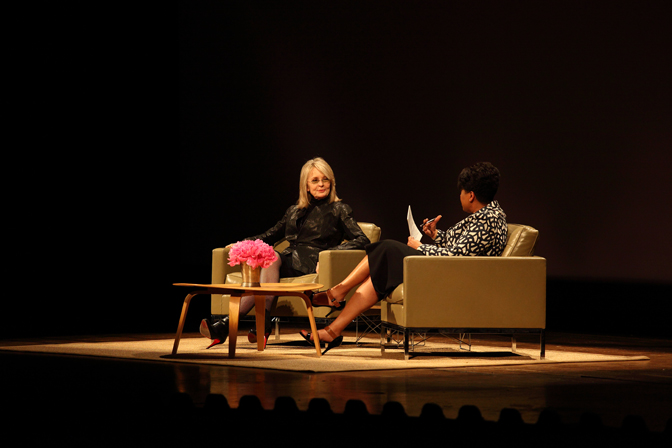
5. **An Enduring Icon of Style: From Bowler Hats to Coastal Grandmother Chic**Beyond her formidable acting talents, Diane Keaton was equally revered as an enduring style icon, a status inextricably linked to her groundbreaking role in ‘Annie Hall.’ The film’s titular character, bedecked in neckties, bowler hats, vests, and khakis, popularized a look that challenged conventional feminine attire of the era and continues to influence fashion decades later. This distinctive ensemble became instantly recognizable and forever associated with Keaton.
Her trendsetting approach involved a unique mix of traditionally masculine garb presented in unexpected proportions, a fashion philosophy that designer Michael Kors recognized in 2014, remarking, “When you think of Diane, you think of these great pieces of clothing.” Keaton possessed an innate ability to blend elements of menswear with a distinctly feminine sensibility, creating a style that was both sophisticated and whimsically unconventional.
Throughout her career and into her later years, Keaton’s signature off-screen style remained a captivating aspect of her public persona. She was beloved for her whimsical sense of humor, which often found expression in her fashion choices. Tuxedos, turtlenecks, bowler hats, and black-rimmed eyeglasses became staples of her wardrobe, underscoring her individuality and confidence in her unique aesthetic.
Her influence on fashion wasn’t limited to her early career. In 2003, her character Erica Barry in Nancy Meyers’ ‘Something’s Gotta Give,’ with her beautiful Hamptons home and ivory outfits, became a key inspiration for the recent “coastal grandmother” fashion trend. Keaton also continued to share her inimitable style with millions of followers on Instagram, proving her relevance as a style arbiter remained undiminished, perpetually inspiring new generations with her timeless yet quirky elegance.

6. **Beyond Allen: Romances and Collaborations with Hollywood’s Leading Men**Diane Keaton’s captivating presence extended beyond her professional collaborations, intertwining with the personal lives of some of Hollywood’s most prominent figures. Her on-again, off-again romance with Al Pacino, who portrayed her husband in ‘The Godfather’ trilogy, spanned a decade. Their relationship, which blossomed alongside their on-screen chemistry, was a constant subject of public fascination, highlighting a passionate connection between two formidable talents.
In 1979, Keaton embarked on another high-profile relationship, this time with Hollywood heartthrob Warren Beatty. Their professional and personal lives converged when they co-starred in the ambitious 1981 epic, ‘Reds,’ a historical drama that showcased Keaton’s versatility. She delivered a compelling performance as the journalist and suffragist Louise Bryant, earning her a third Academy Award nomination, a testament to her range and depth as an actress.
The relationship with Beatty, however, concluded around the time of the film’s premiere. Despite the public nature of these romances, Keaton remained fiercely private about her personal life, particularly concerning marriage. In her memoir, she offered insights into her perspective on long-term commitment, stating, “I figured the only way to realize my number-one dream of becoming an actual Broadway musical comedy star was to remain an adoring daughter. Loving a man, a man, and becoming a wife, would have to be put aside.”
She further reflected on her choices, writing, “The names changed, from Dave to Woody, then Warren, and finally Al. Could I have made a lasting commitment to them? Hard to say. Subconsciously I must have known it could never work, and because of this they’d never get in the way of achieving my dreams.” This reveals a profound dedication to her career and personal aspirations, suggesting that her independence was paramount in her life’s journey.
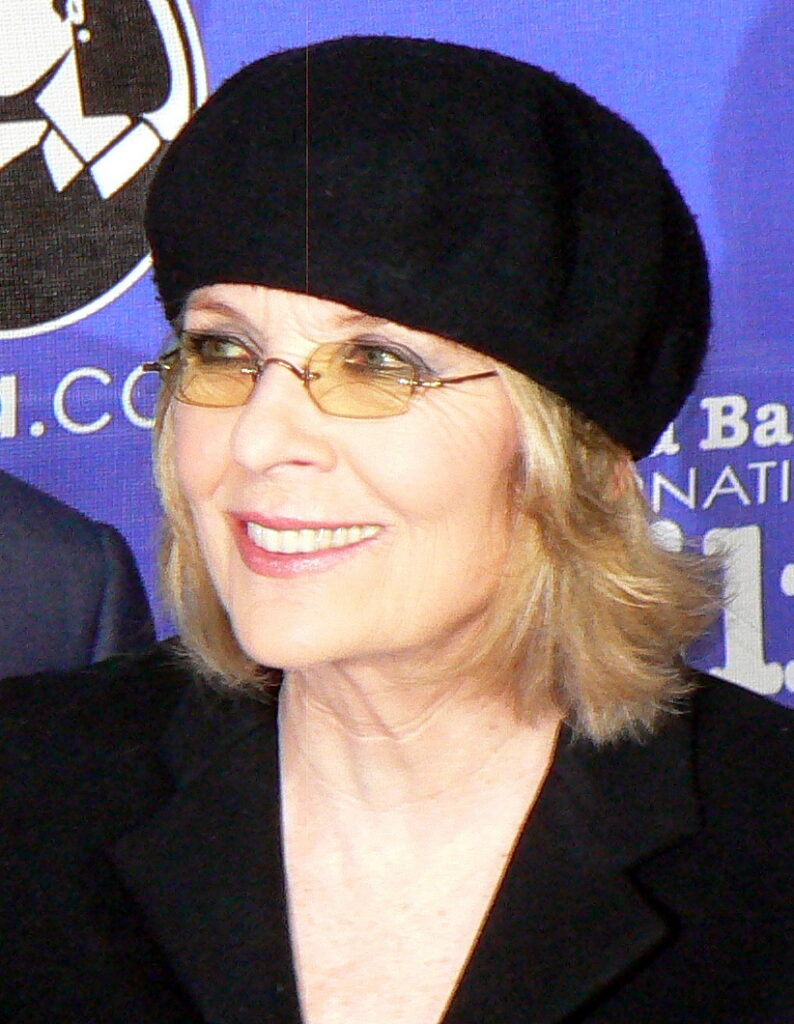
7. **The Nancy Meyers Era: Resonating with New Generations**While Diane Keaton’s career was punctuated by numerous triumphs, it also featured roles that, as she herself might acknowledge, weren’t all “home runs,” such as her foray into action with George Roy Hill’s John le Carré adaptation of ‘Little Drummer Girl.’ However, a new and profoundly successful chapter began in 1987, marking the start of a longstanding collaboration with filmmaker Nancy Meyers, a partnership that would yield four beloved films and introduce Keaton to new generations of admirers.
Their first team-up, ‘Baby Boom,’ directed by Charles Shyer and co-written by Meyers, showcased Keaton’s comedic genius as a high-powered businesswoman who unexpectedly inherits an infant. Despite mixed reviews for the film at the time, Pauline Kael lauded Keaton’s performance as a “glorious comedy performance that rides over many of the inanities,” signaling the enduring appeal of her comedic timing and relatable portrayals.
This fruitful collaboration continued with the beloved remake of ‘Father of the Bride.’ Directed by Shyer and co-written with Meyers, the film featured Keaton and Steve Martin as the flustered parents navigating their daughter’s wedding. It became a significant box-office hit and was popular enough to spawn a sequel, further cementing Keaton’s status as a quintessential on-screen mother figure with a touch of sophisticated wit.
The pinnacle of the Meyers-Keaton partnership arrived in 2003 with ‘Something’s Gotta Give,’ a romantic comedy directed by Meyers herself. Keaton starred opposite Jack Nicholson as Erica Barry, a divorced playwright who finds an unexpected romance with Nicholson’s playboy character while simultaneously being pursued by a younger doctor played by Keanu Reeves. Her performance earned her a second Golden Globe and what would be her last Academy Award nomination, cementing her critical acclaim in a mature role.
‘Something’s Gotta Give’ was not just a critical and commercial success; it also left an indelible mark on popular culture. Keaton’s character, Erica Barry, with her elegantly appointed Hamptons home and signature ivory outfits, became a key inspiration for the widespread “coastal grandmother” fashion trend years later. Keaton herself often cited this film as her favorite, a testament to the joy and creative fulfillment she found in this particular collaboration, which perfectly captured her essence for a new era.

